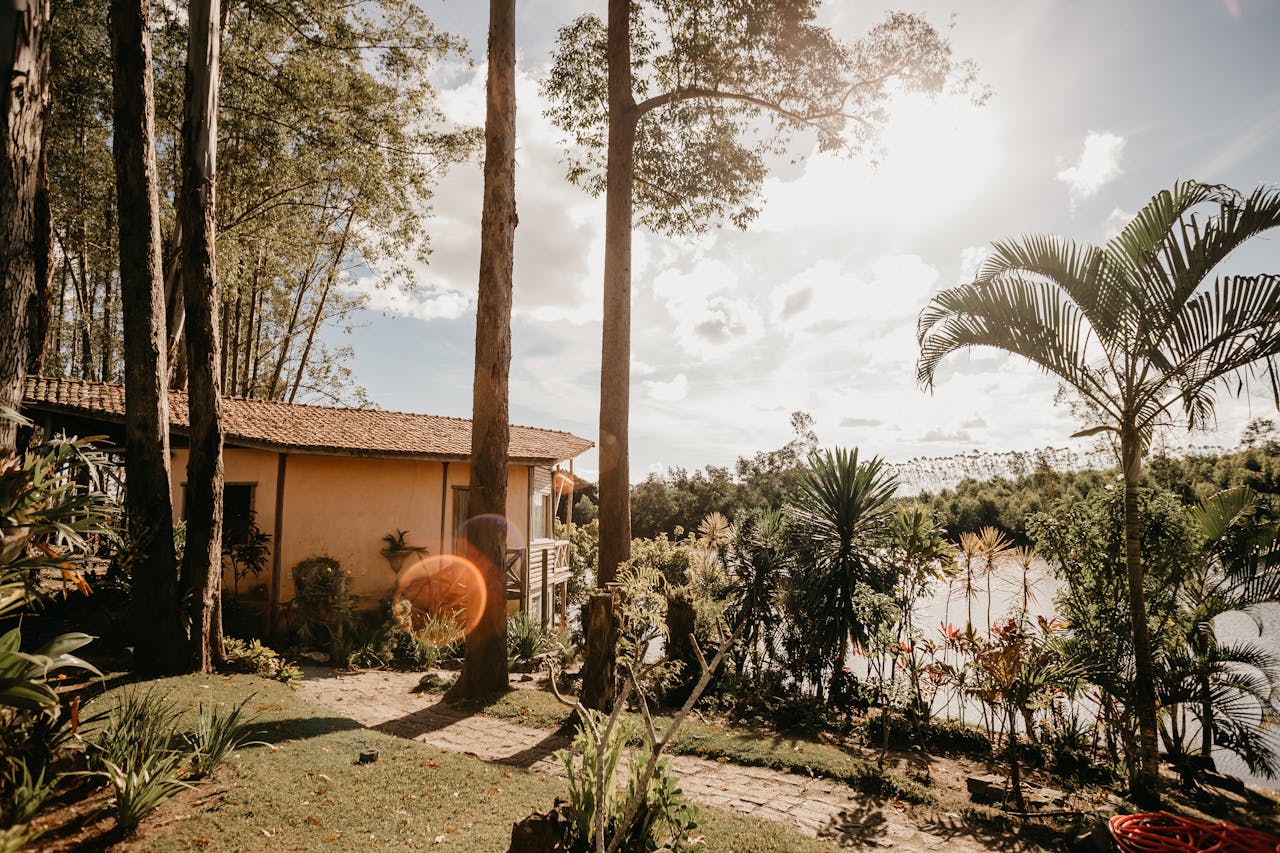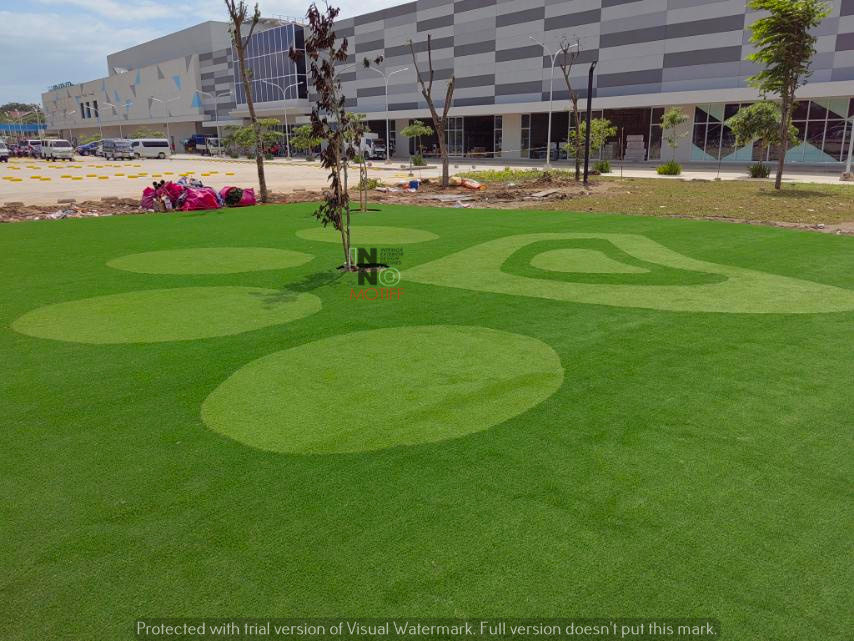As gardeners, we often focus on providing our outdoor plants with sunlight, fertilizer, and attention, but one crucial aspect that can sometimes be overlooked is proper watering. Watering your plants wisely is essential for their health and vitality. In this blog post, we’ll explore the best practices for watering your outdoor plants to ensure they thrive and flourish in your garden or outdoor space.
Understanding Plant Water Needs
Different plants have different water requirements based on factors such as their species, soil type, and climate. Understanding these needs is crucial for effective watering. Succulents, for example, prefer dry soil and require less frequent watering compared to flowering plants or vegetables. Pay attention to the behavior of your plants and adjust your watering accordingly.
Best Practices for Watering
- Optimal Watering Frequency: The frequency of watering varies depending on factors such as plant type, soil type, and weather conditions. Generally, it’s better to water deeply and less frequently rather than shallowly and frequently. This encourages deeper root growth and reduces the risk of overwatering.
- Efficient Watering Techniques: Consider using techniques such as drip irrigation or soaker hoses to deliver water directly to the plant’s roots, minimizing water waste through evaporation and runoff. Mulching around your plants can also help retain moisture in the soil, reducing the need for frequent watering.
- Timing: Water your plants early in the morning or late in the afternoon to minimize water loss through evaporation. Avoid watering during the hottest part of the day, as this can scorch leaves and waste water.
Signs of Overwatering and Underwatering
It’s important to recognize the signs of both overwatering and underwatering to avoid damaging your plants.
- Overwatering: Signs of overwatering include yellowing leaves, wilting, and soggy soil. If you notice these symptoms, allow the soil to dry out between waterings and adjust your watering schedule accordingly.
- Underwatering: Symptoms of underwatering include wilting, dry soil, and stunted growth. If your plants are showing these signs, increase the frequency of watering and ensure they’re receiving enough moisture.
Water Conservation Tips for Outdoor Plant Care
In addition to watering wisely, it’s important to conserve water in your outdoor space.
- Sustainable Watering Practices: Consider harvesting rainwater or using greywater from your household for watering your plants. This reduces reliance on freshwater sources and helps conserve water.
- Water-Efficient Plants: Choose drought-tolerant or water-efficient plants for your outdoor space. These plants require less water to thrive, reducing the need for frequent watering.
- Minimizing Water Loss: Mulching around your plants helps retain moisture in the soil, reducing water loss through evaporation and runoff. Avoid watering on windy days, as this can cause water to evaporate more quickly.
Takeaway
Proper watering is essential for the health and vitality of your outdoor plants. By understanding your plants’ water needs, using efficient watering techniques, and conserving water in your outdoor space, you can ensure your plants thrive and flourish in your garden or outdoor area. Remember to observe your plants’ behavior and adjust your watering accordingly to ensure they receive the right amount of moisture.
Why settle for ordinary when you can have extraordinary? Choose BSG Landscape & Construction Pte Ltd for exceptional landscape maintenance.









